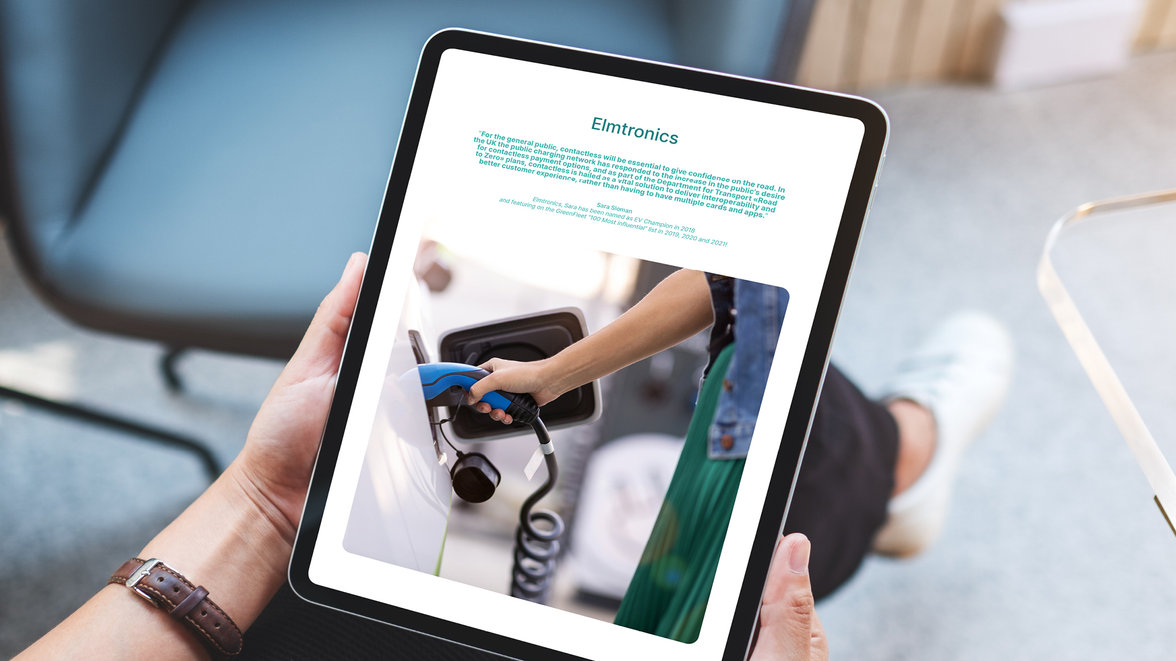Seamless payments for EV-charging
01 / 10 / 2021
In recent years, the number of electric vehicles on the roads has grown significantly. The EU’s proposal to effectively ban the sale of new petrol and diesel cars starting in 2035 aims to further speed up the switch to zero-emission electric vehicles (EVs) as part of a broad package of measures to combat global warming.

The current charging infrastructure for electric vehicles, has, up to now, been sufficient for the market. However, with the EV fleet expected to grow up to 15 times by 2030 – reaching 34 million vehicles in Europe - countries and regulators need to prioritise electric charging infrastructure to match the increasing demand for public charge points. To keep up with this electric surge, the number of European EV public chargers needs to rise from 200K today to more than 3 million by 2030.
One of the key factors for the successful deployment of EVs is that these charging points evolve from slow charge to fast and ultra-fast, making EV charging (EVC) as easy as fuelling a fossil-fuel based car. Such a surge in EVC can only happen if the user experience is simple, allowing the user to drive from one station to the next and across country borders without friction. Drivers are expecting simple solutions to charge their vehicles
anywhere, anytime.
This is where seamless payment can be an accelerator for EVC, enabling drivers to easily pay and charge their electric vehicles at any charging station, whether they are in their home country or abroad, by enabling charging point operators to accept both domestic and cross-border payments.
-

-
Consumer Finance: The Transformative Impact of Open Banking & Open Finance
Learn more -

Elevating Service Efficiency: Boscolo Hôtels & SPAS Group's transformation with Worldline’s Integrated Payment Systems.
-
Rethinking in-store payment experiences | Podcast
-

-
Worldline launches “Bank Transfer by Worldline”, a new account-to-account payment method in 14 European countries by end of 2024
Learn more -
Learn how NFC payments empower your business




